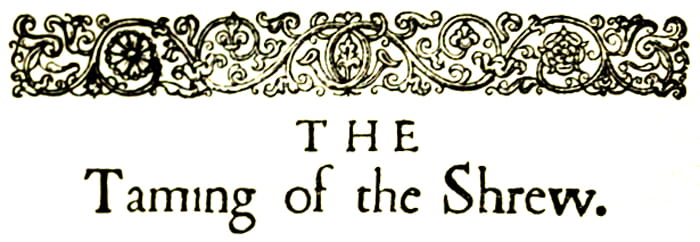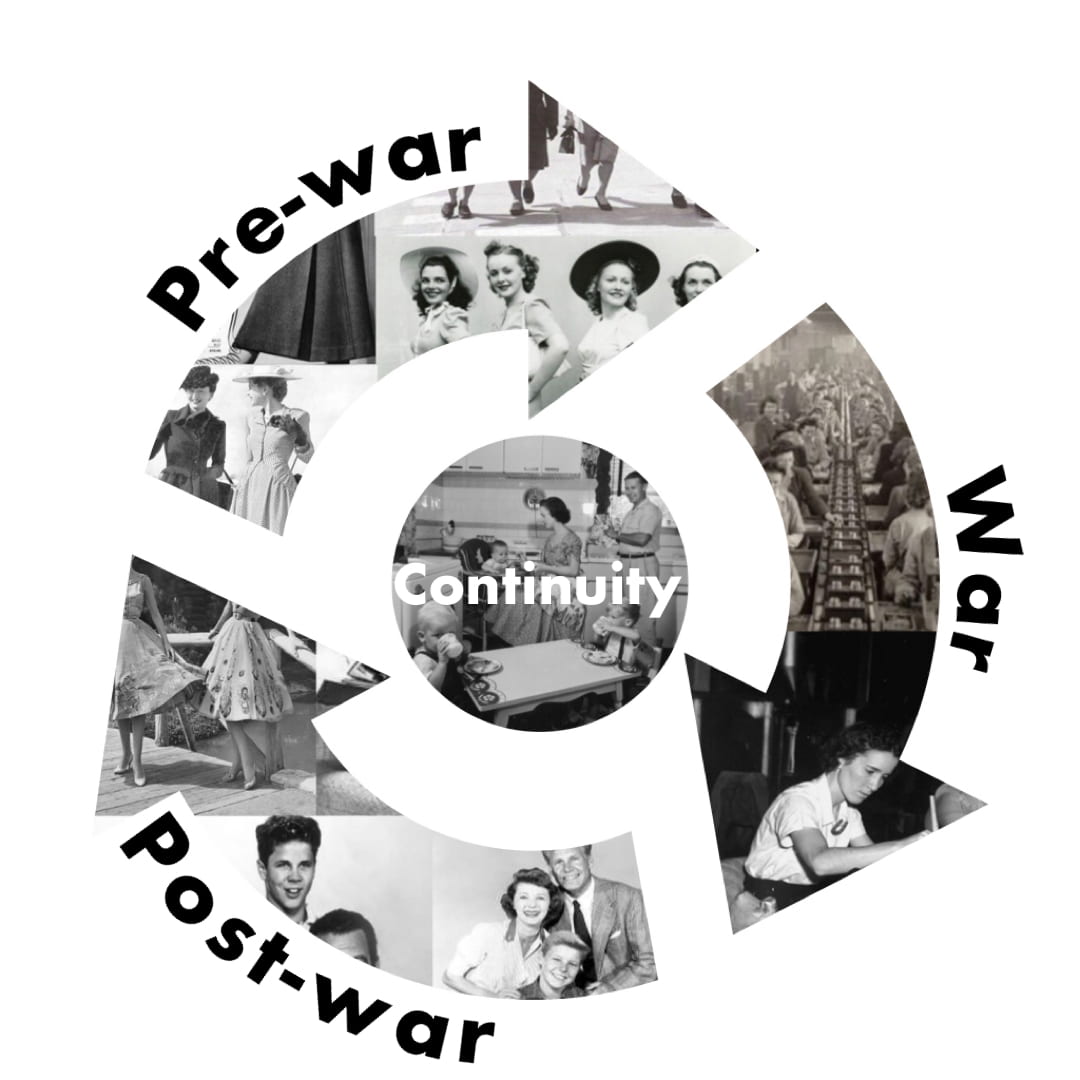
PLP 12 took on Shakespeare’s “The Taming of the Shrew” for our first quarter, boy was that a wake up call. Reading and watching, we slowly moved through the play in our 2.5 hour classes every day.
I had previously watched “The Taming of the Shrew” in the summer last year when COVID was not a thing, and really enjoyed it, but I hadn’t truly been paying attention, as my dad reminded me (it was during sunset and there was a ray of really bright light that was falling on the audience across from us and we could not stop laughing as they threw up their brochures and pamphlets to block the sun resulting in a complete block from the play) and was interested in what I could learn from a play I hadn’t thought twice of.
We began our work this project with the term slut, and how it has been portrayed in culture from the 80’s to now. We watched a series of videos where the term slut was tossed around, including the “Jane you ignorant slut” video.
These videos gave the class and I an idea of how acceptable talking about a women’s sexual life has been and was a bit of a shocker. While we were watching these videos in class, we were also reading the common lit assignments in our spare time. These common lit assignments gave us insight into the same things, the position that women held historically (the earliest being 1800’s). Now taking this new found insight into a women’s place we began to read “The Taming of the Shrew”. Obviously the first thing to catch the classes eye was Bianca and Kate, and their differences.
Bianca when introduced was depicted as this proper, good woman, who compared to Kate seems like an angel. Kate is portrayed as a aggressive and witty character. After we had read a little bit we were told to figure out where the line is between “good” and shrew. This line as a common theme became increasingly hard to find (read this for more info). Shakespeare obviously created Bianca to represent the good, or pure or angelic version of women, and Kate to show the version of women who deserve to be tamed. Drawing the first metaphorical line between angelic and aggressive, there was a lot of work to do. The idea of taming Kate came back into play when I did my November 1st reflection post talking about specific songs that promote rape, sexism and submissive women.
One song “Blurred lines” had this lyric, “Okay, now he was close. Tried to domesticate ya. But you’re an animal. Baby, it’s in your nature.” When Thicke was asked about this lyric he said “Even very good girls have a little bad side. You just have to know how to pull it out of them.” This quote from an artist creating a song to be heard by millions is a connection to “The Taming of the Shrew.” Kate becomes this woman who needs a mans help removing a piece of her not suitable to his standards. The idea that maybe a woman wanted to have a permanent bad side hasn’t seemed to cross the mind of many men. Around this time we also began our presentations of our designated era in the. These presentations were about how women were treated, their roles, and any other major events that happened with the time period. My group, (Emily, Kai, and Alex) were given the 1940’s and 1950’s. We divided the research and got to work. During this time obviously our major event was World War II, and so we shaped our presentation around this. We had to represent how some had stayed the same and changed throughout the time period, and so we decided that our representation of this would be how women were introduced to the work force because of World War II (change), yet when the war ended they had to return to their role within the home. One of the requirements for this project was that we had to show this continuity and change with a single slide keynote.
Our image that we decided to use is this one. The cycle shows the change for women throughout the period as they cycle in a full circle, they center of the image shows the continuity throughout this time.
Now the goal of this entire unit, along with learning about women’s rights, was to write an essay connecting taming of the shrew to the women’s rights movements we’d done presentations about, looping in the readings we had done and conversations we had in class about other media. This essay also had to show the continuity and change between both the Shakespearean woman, and women today. We created research docs that were a collection of all the research we had done throughout the half term, including taming of the shrew, in class discussions, our readings, common lit work, the presentations on a certain era and more. This research document then guided our essays in the fact that it had all of our references within it (all cited as well). Once we had gotten to this point, we had to begin our thesis statements. I decided my thesis would be “Although men get called out for being sexist, a woman can be equally discriminatory. A woman who upholds sexist ideals propels this discrimination.” Which I didn’t realize would go so heavily against my own opinion but I decided to stick with it. When writing the essay and throughout the entire project we were graded on our abilities to Identify continuity, and to comprehend texts. I felt I expressed my ability to identify continuity by making creative connections from Shakespeare’s “The Taming of the Shrew” to women in the 1900’s with more focus on a character that doesn’t have much of a story and weaving that into a more proficient argument. Taking this argument and connecting it to women in the 1900’s also identifies my ability to comprehend texts. By taking a common theme I begin digest and understand texts better, resulting in the understanding of both competencies.


